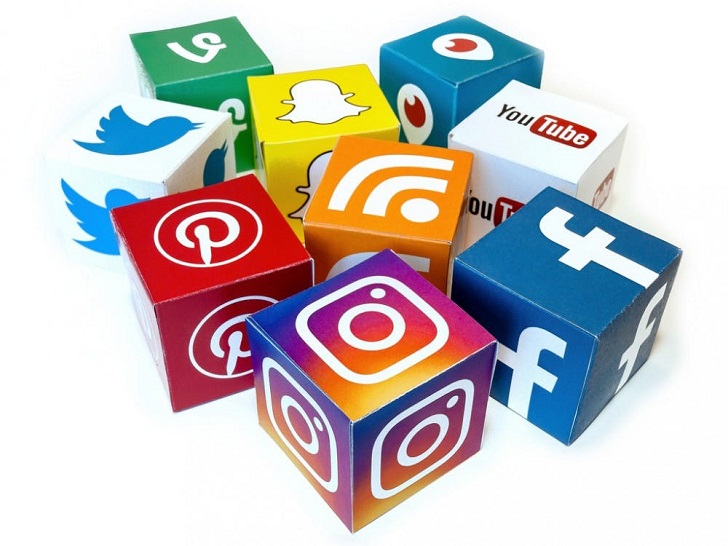Over the past decade, Wellness has transformed from a niche concept to a booming industry. What was once considered a luxury reserved for the elite has become a global phenomenon, with a market value surpassing a trillion dollars. But what factors have contributed to the rise of the wellness industry, and what are its diverse sectors? Continue reading to learn more about wellness:
Shifting Consumer Mindset
One of the key drivers behind the growth of the wellness industry is the shifting consumer mindset toward prioritizing health and well-being. As people become more aware of the importance of self-care and personal wellness, they are willing to invest in products and services that promote a healthier lifestyle. Consumers seek solutions that address their physical, mental, and emotional well-being, leading to developing a wide range of wellness offerings.

Amber Sayer/ Shutterstock | Embrace the wellness revolution and unlock your full potential
Expansion of Wellness Sectors
The wellness industry encompasses many sectors, each contributing to its trillion-dollar valuation. These sectors include fitness and exercise, nutrition and healthy eating, mental health and mindfulness, spa and beauty treatments, alternative medicine, and more.
The expansion of these sectors has been driven by increased demand for wellness-related products and services. This growth is evident in the proliferation of fitness centers, wellness retreats, organic food stores, and mindfulness apps.
Technological Advancements
Technological advancements have played a significant role in the growth of the wellness industry. The rise of smartphones and wearable devices has enabled individuals to track their health and fitness goals more effectively.
Fitness apps, activity trackers, and smartwatches provide real-time data on physical activity, sleep patterns, and nutrition, empowering individuals to take control of their well-being. Additionally, advancements in telemedicine and digital health platforms have made healthcare more accessible, bridging the gap between traditional medicine and wellness.

Tyler Eilts/ iStock | Beautiful food and health are priceless
Influencer Culture and Social Media
The rise of social media and influencer culture has profoundly impacted the wellness industry. Influencers focusing on health and wellness have amassed large followings, influencing consumer behaviors and preferences.
Social media platforms have become virtual marketplaces for wellness products and services, allowing businesses to reach a broader audience and promote their offerings. The aspirational nature of wellness content on social media has fueled the desire for individuals to invest in wellness to achieve a similar lifestyle.
Corporate Wellness Programs
The wellness industry has extended its reach beyond individual consumers and has made inroads into the corporate world. Many companies now recognize the importance of employee well-being and the potential impact on productivity and engagement.
As a result, corporate wellness programs have become prevalent, offering employees a range of wellness benefits, such as fitness memberships, mental health resources, and stress management initiatives. The growth of corporate wellness programs has contributed to the overall expansion of the wellness industry.

Rise/ Pinterest | Psychologists believe our style of social media usage has important effects on our psychological wellbeing
Global Wellness Tourism
Wellness tourism has emerged as a significant sector within the wellness industry. Travelers are increasingly seeking vacations prioritizing their well-being, leading to the rise of wellness retreats, spa resorts, and wellness-focused destinations.
The appeal of wellness tourism lies in the opportunity to relax, rejuvenate, and engage in activities that promote physical and mental health. The economic impact of wellness tourism has been substantial, driving revenue for local economies and creating job opportunities in the hospitality and wellness sectors.




